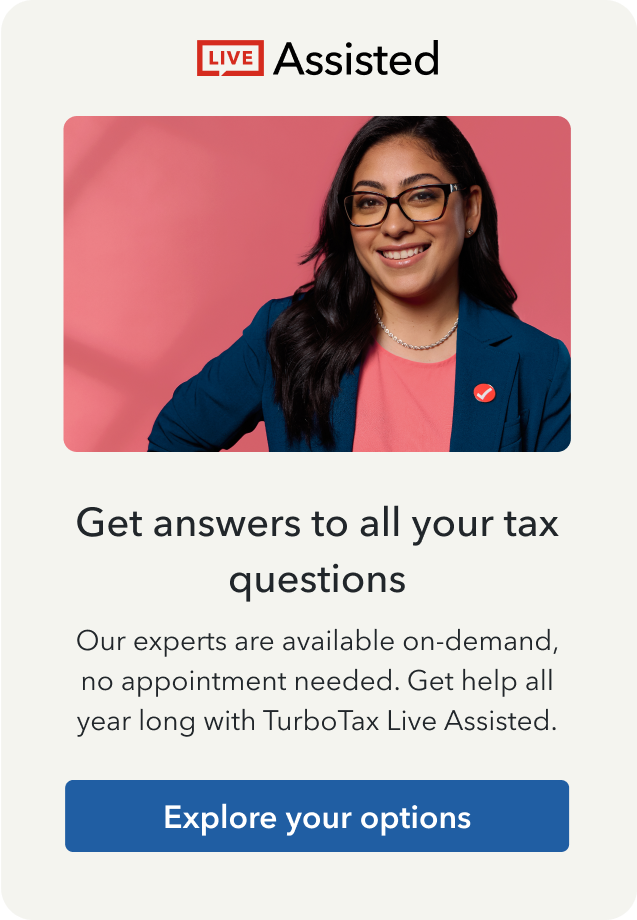in Education
- Community
- Topics
- Community
- :
- Discussions
- :
- Taxes
- :
- Education
- :
- First year of college yes or no for dual enrolled high school student
- Mark as New
- Bookmark
- Subscribe
- Subscribe to RSS Feed
- Permalink
- Report Inappropriate Content
First year of college yes or no for dual enrolled high school student

Do you have an Intuit account?
You'll need to sign in or create an account to connect with an expert.
Accepted Solutions
- Mark as New
- Bookmark
- Subscribe
- Subscribe to RSS Feed
- Permalink
- Report Inappropriate Content
First year of college yes or no for dual enrolled high school student
No, I advise against treating this as the first year of college. If you received a Form 1098-T, enter the information from the Form 1098-T exactly as it appears. Be certain that you do not check the box indicating that your student is enrolled at least half-time. (While he or she may be a full-time high school student, this question is only about post-secondary education, and your student only took two college-level courses.)
This should result in disqualifying your student for the American Opportunity Tax Credit, which is good, because you want to save the four years of AOTC for the student's actual undergraduate education. The student should qualify for the Lifetime Learning Credit. The credit will be small, as it will be based only on the tuition for two courses, but every bit helps.
For more information about educational benefits that will be available to help during your student's college years, please see IRS Education Benefits Comparison Chart.
- Mark as New
- Bookmark
- Subscribe
- Subscribe to RSS Feed
- Permalink
- Report Inappropriate Content
First year of college yes or no for dual enrolled high school student
No, I advise against treating this as the first year of college. If you received a Form 1098-T, enter the information from the Form 1098-T exactly as it appears. Be certain that you do not check the box indicating that your student is enrolled at least half-time. (While he or she may be a full-time high school student, this question is only about post-secondary education, and your student only took two college-level courses.)
This should result in disqualifying your student for the American Opportunity Tax Credit, which is good, because you want to save the four years of AOTC for the student's actual undergraduate education. The student should qualify for the Lifetime Learning Credit. The credit will be small, as it will be based only on the tuition for two courses, but every bit helps.
For more information about educational benefits that will be available to help during your student's college years, please see IRS Education Benefits Comparison Chart.
Still have questions?
Questions are answered within a few hours on average.
Post a Question*Must create login to post
Unlock tailored help options in your account.
Get more help
Ask questions and learn more about your taxes and finances.
Related Content

new-frog
Level 1

Lolelo1
New Member

tdarnell507
Level 1

nkbents
Level 1

westerman161
New Member

